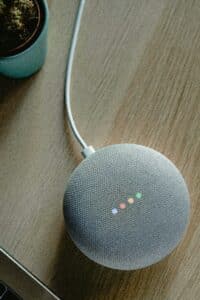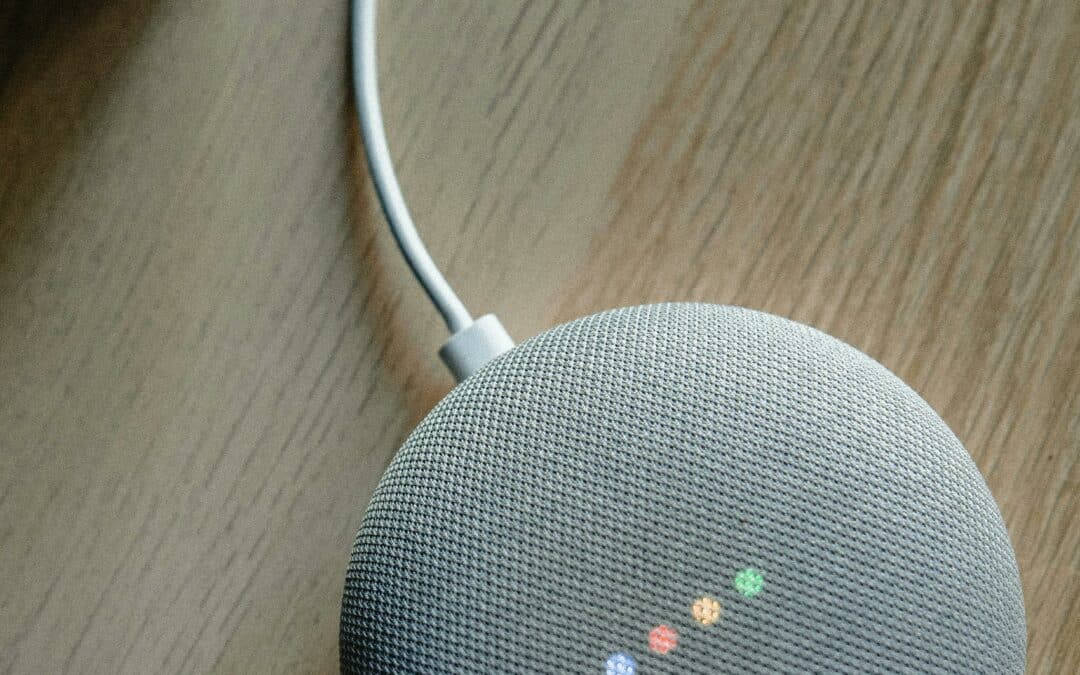 Smart home devices can be found in most homes nowadays, offering convenience, efficiency, and connectivity within arm’s reach. However, a recent study has shed light on the potential dangers of these gadgets, suggesting that they may be encroaching upon our privacy.
Smart home devices can be found in most homes nowadays, offering convenience, efficiency, and connectivity within arm’s reach. However, a recent study has shed light on the potential dangers of these gadgets, suggesting that they may be encroaching upon our privacy.
While it’s commonplace to welcome these devices into our homes, it’s imperative to examine their privacy implications. Let’s take a look at some of the surveillance risks associated with smart home devices and explore strategies to safeguard your privacy if utilizing smart devices in your home.
Unobtrusive Observers In Our Living Spaces
From voice-activated assistants to connected cameras and thermostats, smart home devices have seamlessly integrated themselves into our daily routines, promising to enhance the intelligence and responsiveness of our living spaces.
However, a study conducted by consumer advocacy group Which? has raised questions about the extent to which these devices might be intruding into our personal matters. The study scrutinized various popular smart home devices, including smart TVs, doorbell cameras, and thermostats, uncovering several disquieting revelations.
Data Sharing
A significant number of smart home devices were found to share user data with third-party entities without users’ explicit knowledge, raising concerns about the undisclosed sharing of personal information.
Potential For Listening In
Voice-activated devices such as Alexa were found to be particularly vulnerable to inadvertent eavesdropping, with instances of recording and transmitting audio data posing significant privacy risks, especially for users unaware of constant auditory surveillance.
Lack Of Transparency
The study highlighted a disturbing lack of transparency in data practices among smart home device manufacturers, leaving consumers uninformed about potential privacy implications stemming from connected homes.
Security Vulnerabilities
Certain smart home devices were found to harbor security vulnerabilities, increasing the risk of unauthorized access to sensitive information and compromising the integrity of users’ smart home ecosystems.
Navigating Smart Home Devices Securely
To navigate smart home devices securely, consider implementing the following:
- Scrutinize Device Privacy Policies: Before purchasing a smart home device, carefully review the manufacturer’s privacy policy to assess transparency regarding data collection, sharing practices, and security measures.
- Optimize Privacy Settings: Utilize privacy settings offered by smart home devices to customize preferences, including disabling data-sharing features and adjusting voice-activated functionalities’ sensitivity.
- Maintain Firmware Updates: Ensure that your smart home devices receive regular firmware updates to address security vulnerabilities and enhance performance, bolstering your defense against potential cyber threats.
- Strengthen Passwords: Implement strong, unique passwords for each smart home device, avoiding default passwords susceptible to hacking, and bolster home network security to prevent unauthorized access.
- Explore Offline Alternatives: Research offline alternatives for certain smart home functionalities to reduce data exposure and limit connectivity-related risks.
- Restrict Voice-Activated Features: Consider limiting or disabling voice-activated features if privacy is a top concern, minimizing the chances of inadvertent audio recordings and potential eavesdropping.
- Conduct Regular Device Audits: Periodically review connected smart home devices, removing unused or unsecure devices to ensure your home’s smart home devices are secure, mitigating privacy risks.
Smart home devices can bring increased efficiency and time to our lives. We just need to make sure we understand and manage their potential privacy risks.

